Peter Gleick: The Keystone XL Pipeline — Red Herring, Symbol, or a Piece of a Puzzle?
It is time we just said “no.”
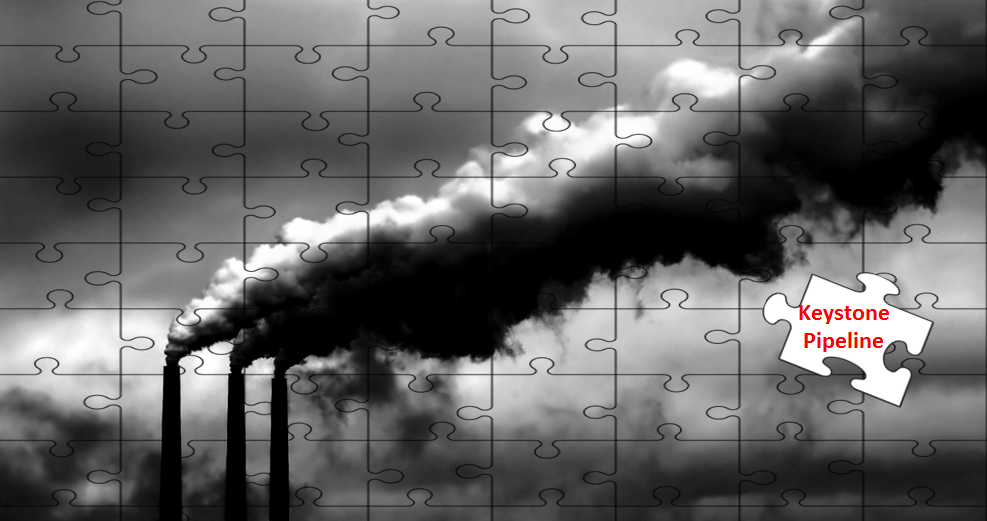
There is growing attention to climate change in the media; and there is a growing realization that decisions we make today will have a lasting effect on the world’s climate tomorrow.
But there is still a gap — a chasm really — between the reality of climate change and our day-to-day choices, investments, and public debates about water, energy, food, and resources.
Here is the reality: the burning of fossil fuels is the leading contributor of gases that are already changing the planet’s delicate climate, and the climate will continue to change in an exponentially increasing and worsening way unless we reduce emissions.
Here is the gap: we continue to make decisions in every phase of our lives ignoring the reality of climate change. Incrementally, each of our decisions might be, or at least appear to be, minor in the grand scheme of things. Combined, they propel us forward on a path to disaster.
This kind of gap is inevitable and understandable: the problem over global climate change is complicated and unprecedented; there is a massive well-funded effort to confuse the public about basic facts by those vested in the status quo (as there was in the tobacco debate and is in the gun safety debate); and the global or even national transitions needed require political courage that seems to be in short supply. This doesn’t bode well for the ability of society to make short-term choices that are in our own long-term interest.
A key, timely example: The Keystone XL Pipeline.
What is the Keystone XL pipeline? For those who haven’t been following the news in this area, very simply, this is a proposed large pipeline project to expand the capacity to bring fossil fuels derived from the Athabasca oil sands region in Alberta, Canada south through the United States to refineries and transportation hubs along the Texas Gulf Coast.
There are important and complex pros and cons to the project and these have been and continue to be argued in local, state, and national forums. Many in the environmental community are lobbying hard for President Obama and the State Department to withhold permission to expand the pipeline. In August 2011, a group of climate scientists sent a letter urging the President to reject the pipeline. A second letter was sent in early 2013. There have been public protests at the White House, along the proposed route, and by landowners in Texas. The state of Nebraska originally opposed the pipeline because of concerns about the threat of groundwater contamination and accidents.
The fossil fuel industry, major Republicans (and some Democrats), Texas politicians, the U.S. Chamber of Commerce, and many others are urging quick approval.
Like most complicated environmental issues, this one is, well, complicated. Supporters argue that the oil sands in Canada will be exploited no matter whether US markets open or not, that pipelines can be built and operated safely, and that the incremental threat to global climate is small. Opponents cite concerns about pipeline spills and safety, major water contamination and consumption during production and transportation, greenhouse gas emissions, and expanded dependence on fossil fuels. Even the science and environmental communities are split. Jonathan Foley, director of the Institute on the Environment at the University of Minnesota, who has long expressed concern about climate change, recently suggested that the major focus on the pipeline “seems somewhat misguided” (“At best, [the Keystone XL pipeline] is a bit of a sideshow. At worst, it’s a distraction from the bigger issues that contribute to climate change”]. He goes on to argue that the President has other ways to be effective on the issue of climate change and should “stay focused on real and immediate emissions reductions, and not get distracted by his friends or foes into playing Washington games.”
In some ways, this is a good point. The Keystone XL Pipeline, considered in isolation, is not a game changing or planet-threatening project. According to some estimates, obtaining and using oil from tar sands produces 14 to 20 percent greater greenhouse gas emissions than the average oil now used in the U.S. for transportation. In a report to Congress, the estimated effect of the pipeline on the U.S. greenhouse gas footprint would be an increase of 3 million to 21 million metric tons of GHG emissions annually – less than one percent of U.S. emissions. The tar sands in Canada are an environmental disaster in other ways, but the incremental emissions of greenhouse gases are small compared to the far greater threat of massive coal expansion in China, or potential fugitive emission of methane from fracking, or massive deforestation in Indonesia and Latin America, or any number of other major sources of greenhouse gases. In that sense, arguments that the Keystone pipeline is just a “distraction” or “red herring” have some merit.
But. But. But. Here’s my problem: when do we finally just say “no more?” When are we and our elected officials going to look at the complete picture created by our individual choices and decisions?
How can we read the relentless and convincing news from scientists about climate change, and then turn to the financial pages and read arguments to accelerate investment in old-style technologies, fossil fuels, and land developments along coasts that ignore climate factors? How can we suffer the devastating impacts of a Superstorm Sandy and then just turn around and rebuild the same vulnerable infrastructure in exactly the same places without addressing future sea-level rise? How can we cheer at the profits being made by energy companies in our investment portfolios or institutional endowments when those profits come at the expense of our own and our children’s planetary health?
Every individual choice, every long-term development project, every purchase we make, every financial investment in infrastructure or technology may, in isolation, be relatively innocent and modest. But our choices are additive. Society’s decisions must no longer be divorced from the recognition of the threats of climate change.
Imagine a jigsaw puzzle with a thousand pieces. Each little piece might tell us almost nothing about the full picture; every little piece is a tiny, almost unimportant part of that full picture. But every piece added builds up to an inevitable end. The Keystone XL Pipeline may be just a minor puzzle piece of a far larger picture, but that picture, when all the pieces are combined, is one of potential planetary disaster.
The pipeline is just a piece in a much larger puzzle.
It is time to stop putting these pieces together and work on a different picture all together. That is the decision facing the President, and each of us. It is time we just said “no.”
–Peter Gleick
Follow Peter Glecik on Twitter.
Originally published by Science Blogs on February 10, 2013.


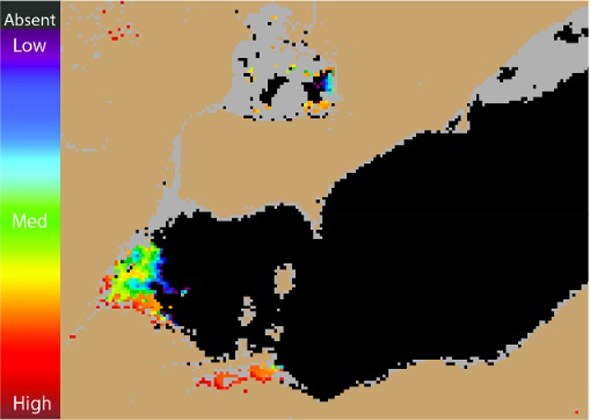
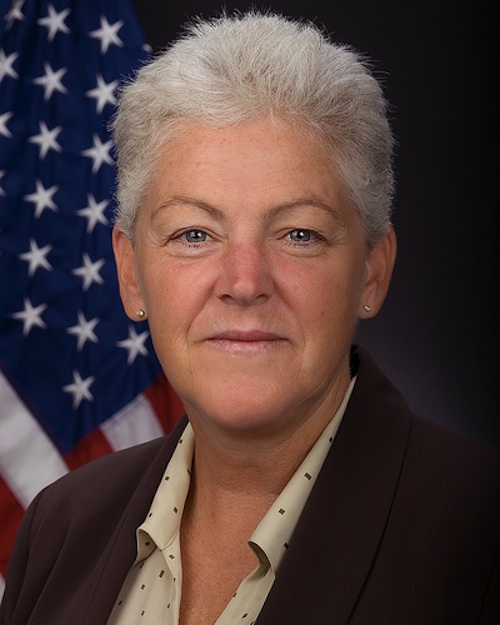

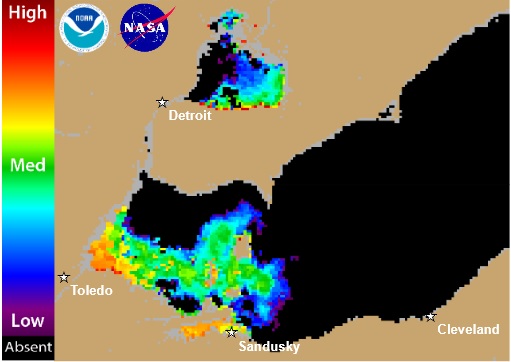
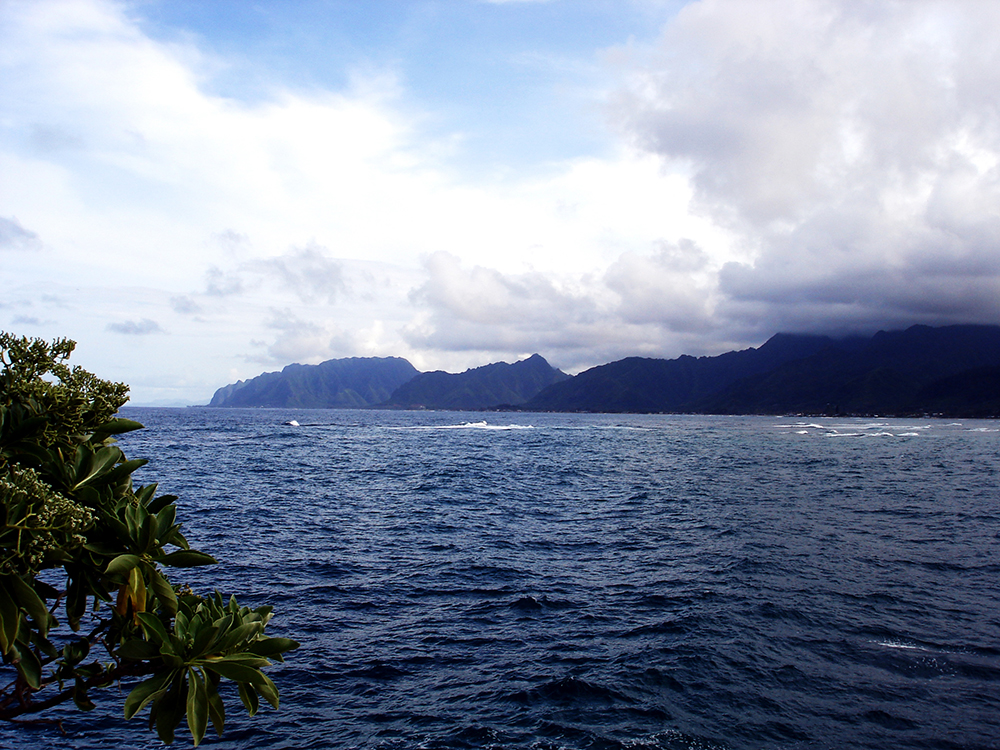
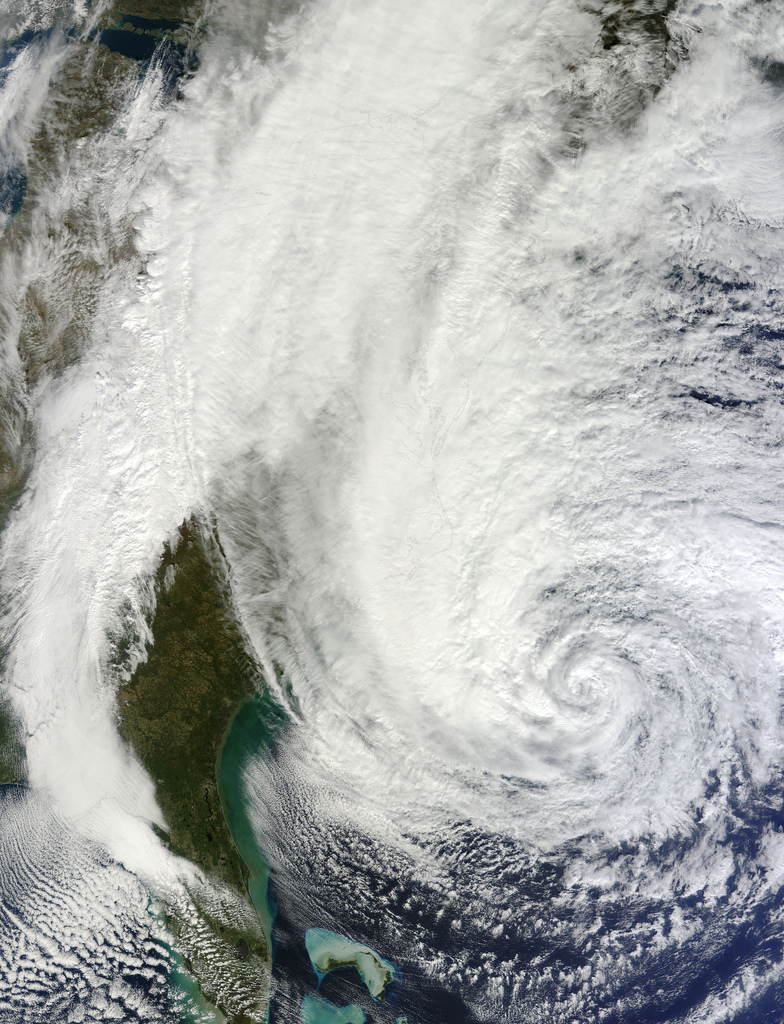


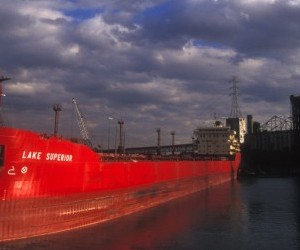
Yes, the tragedy of the commons is still in its growth state and hard-wired into our mental state. That is, there is no way the tragedy of the commons can ever be addressed economically. We will all have to agree to share to “solve” it and we know that will not happen. What if we could rewire some people to begin the process that the tragedy of the commons is just another challenge to solve. I mean, if we can’t solve it, we really can’t solve our environmental issues – Give this a view and please critique: https://prezi.com/crgur9ihm9kh/ecocommerce-creating-value-with-symbiotic-demand/